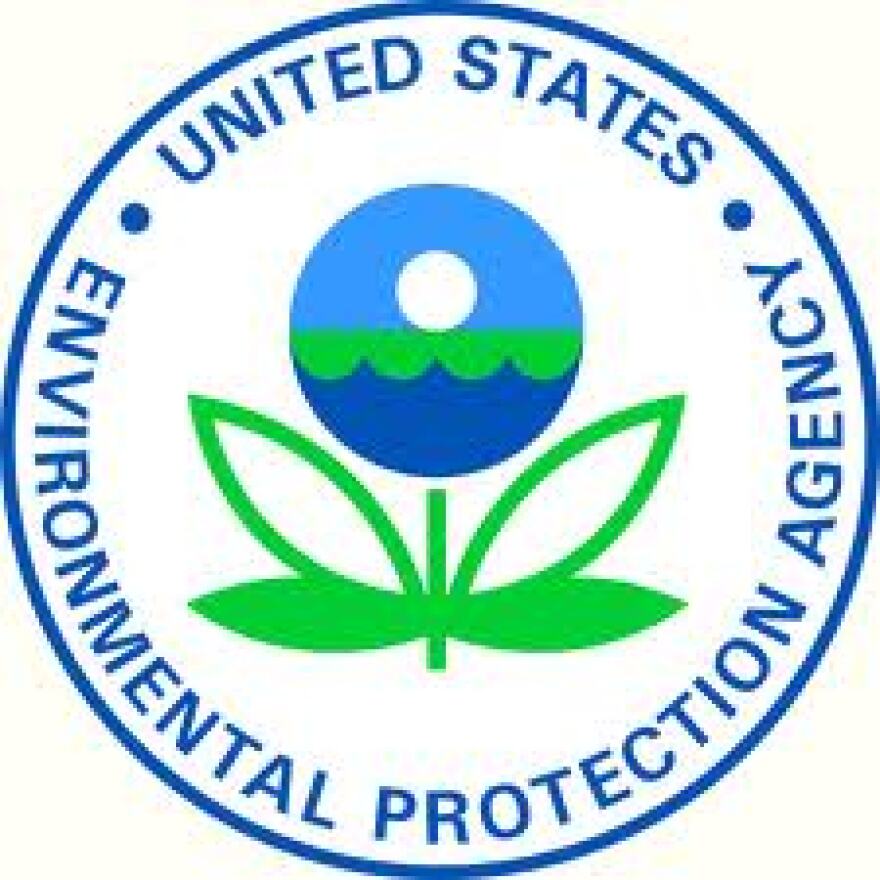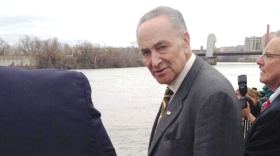The industrial chemicals PFOA and PFOS have caused trouble for residents of communities like Hoosick Falls, Newburgh, Petersburgh, and Bennington. Federal officials have advised residents to stop drinking the contaminated water and state governments are still putting measures in place to deliver clean water to residents.
The perflourinated chemicals that have tainted water supplies have been linked to ill-health effects including various forms of cancer.
There’s also been confusion between federal and state agencies over safe thresholds for the chemicals, which until recently, were not listed as hazardous substances or required for testing.
The U.S. Environmental Protection Agency Thursday announced new lifetime exposure guidelines for PFOA and PFOS at 70 parts per trillion.
Joel Beauvais, Deputy Assistant Administrator with EPA's Office of Water, says the new numbers reflect the most recent science and testing.
“These will supercede the prior values and should be protective over the course of a lifetime of exposure, including sensitive populations,” said Beauvais.
In 2009, EPA set a short-term exposure guideline of 100 ppt for PFOA and PFOS. Perhaps due to a lack of long-term exposure guidlelines, state governments have not had consistent recommended levels. Vermont has acted under a 20 ppt threshold while New York has used EPA’s former limit of 100ppt.
State and federal officials have been calling on EPA to set more concrete exposure thresholds, including U.S. Senator Charles Schumer.
Schumer said in a statement he was pleased with the new numbers, and said “the EPA’s new guidance will go a long way in protecting public health and arming local officials with the most up-to-date information to keep our drinking water safe from harmful contaminants.”
Beauvais said the numbers will allow governments to make the appropriate determinations and next steps.
“Because these two chemicals have similar types of adverse health effects, our recommendation is that folks look at the individual or combined concentrations of PFOA and PFOS and compare that to the 70ppt level.”
Meanwhile, the Taconic company in Petersburgh has been declared a New York State Superfund Site by the Department of Environmental Conservation. The industrial facility is being investigated as the source of PFOA contaminats found in the town’s municipal water supply and private wells.
Through the designation, DEC has identified Taconic to be responsible for the pollution. DEC Acting Commissioner Basil Seggos said as the investigation continues, the department “will take aggressive actions to hold the responsible party accountable for all costs associated with full remediation of all impacted areas.”
As with Saint-Gobain in Hoosick Falls, Taconic has been supplying Petersburgh residents with bottled water.
The state has already directed Taconic to install a treatment system on Petersburgh’s water supply. The company has begun construction of a new carbon filtration system.
The town of Petersburgh has also started to upgrade the existing water infrastructure.
Town supervisor Peter Schaaphok welcomes the work of state and county officials and Taconic so far, but hopes the Superfund designation will move things along more quickly.
“It’s been working well, but I think with the Superfund thing it’s not going to go even faster, which will be a good thing for people, I think,” said Schaaphok.
Schaaphok says EPA’s new exposure thresholds will help restore some public confidence in the work being done.







